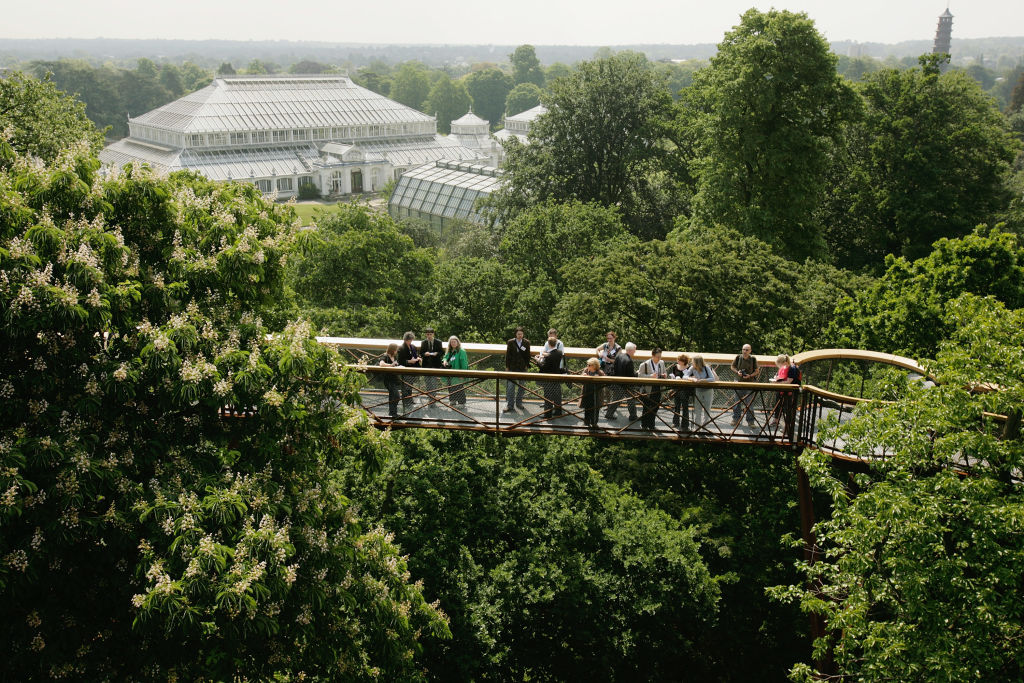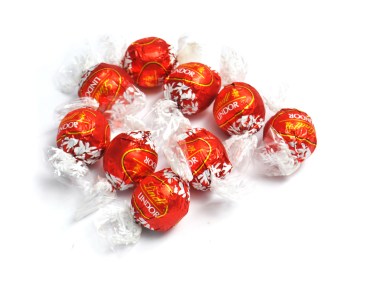Forget statues: the latest victims of the colonialism culture war are racist plants. Ah yes, those menacing snowdrops with their overly white petals and dangerous daffodils. As Mr Steerpike reports, Kew Gardens has entered the fray with a promise to ‘decolonise’ its collections. Presumably the next step is for its sister site in Sussex to be renamed Wokehurst Place.
The Royal Botanic Gardens’ director Richard Deverell has said that ‘We’re looking at our collections and how we bring new narratives’; while his organisation’s recently-published ‘manifesto for change’ promises that by 2030, ‘we will move quickly to ‘de-colonise’ our collections, re-examining them to acknowledge and address any exploitative or racist legacies, and develop new narratives around them’.
That word ‘de-colonise’ is the magic password into the culture war. Instead of this being merely about Kew updating its already extensive signage throughout what functions, in part, as a museum of plants, this has been picked up by some as a new front in the war, as though gardeners are already digging up banana plants, chucking the sugar cane into the Thames, and burning cotton flowers.
That word ‘de-colonise’ is the magic password into the culture war
But why shouldn’t Kew add some further context to some of the plants in its collections? How they got to Kew, or indeed how many of them became so important that they changed the course of history is fascinating, often bloody and, at times, disturbing.
Already key plants such as Vanilla planifolia and Catharanthus roseus have signs next to them in the Palm House explaining what they are used for.

Get Britain's best politics newsletters
Register to get The Spectator's insight and opinion straight to your inbox. You can then read two free articles each week.
Already a subscriber? Log in







Comments
Join the debate for just £1 a month
Be part of the conversation with other Spectator readers by getting your first three months for £3.
UNLOCK ACCESS Just £1 a monthAlready a subscriber? Log in